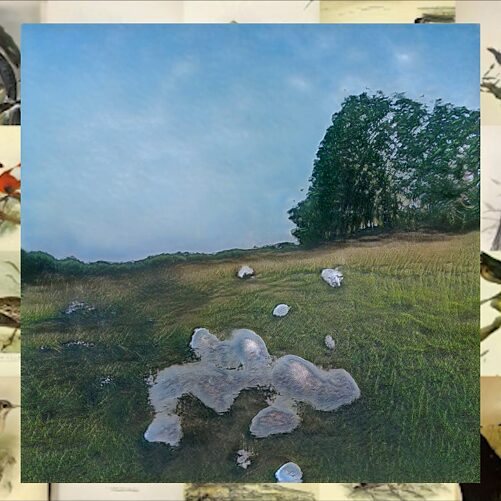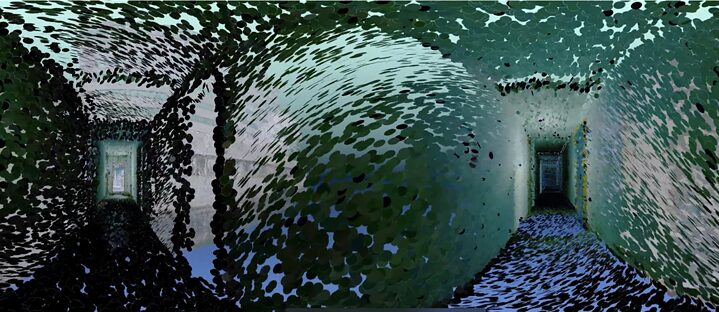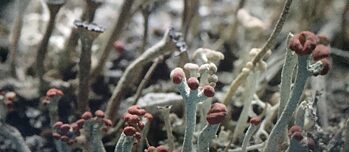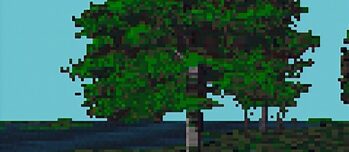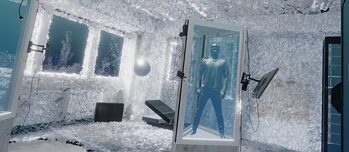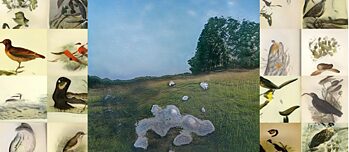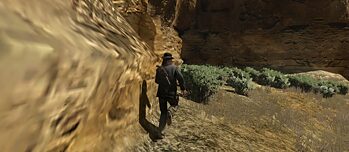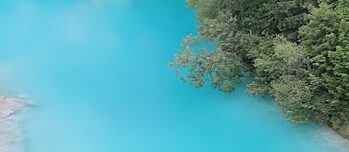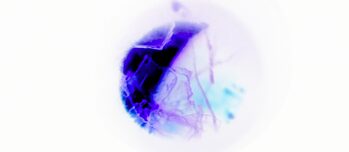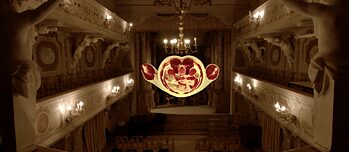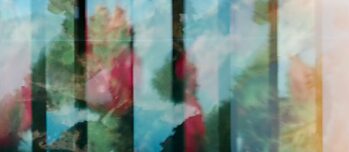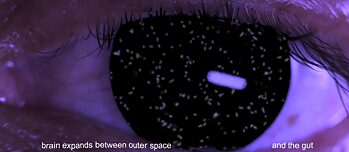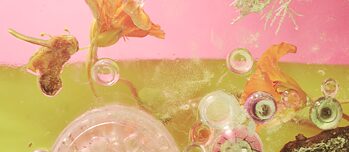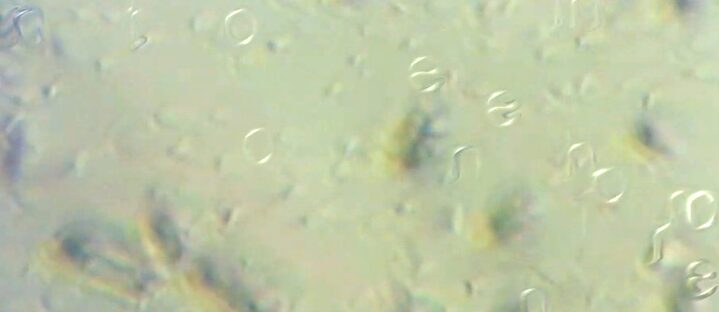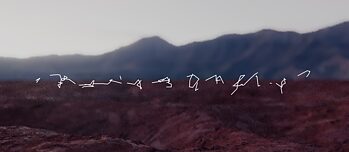New Nature Vitrines is an exploration of all that lies - unknowably, irreverently, monstrously - beyond the human notion of “nature”.
We still do not know one thousandth of one percent of what nature has revealed to us.
Albert Einstein
The series assembles audiovisual and sound works by contemporary artists, filmmakers, technologists, and scientists, foregrounding stories and scales that interrogate the inherent anthropocentrism of images, often by riffing on the codes and conventions of nature films, or subverting them altogether.
The artists, based in Germany, Canada, Mexico, and the United States, propose intricate soundscapes, airborne and microscopic perspectives, images imprinted by lichen, dirt, fur, and bacteria. Their works excavate complex biological, interspecies, and computational systems, all in a constant state of becoming, flickering with realities beyond our consciousness and invoking idiosyncratic reinventions of our relationship to the natural world.
The works are presented in the vitrines of the Goethe-Institut Montreal from November 16 to December 6, as well as exhibition spaces in three different Berlin neighborhoods – Berlin Weekly (Mitte), feldfünf (Kreuzberg), and goeben berlin (Schöneberg) - and Goethe-Institut New-York (December 15, 2020 until January 8, 2021).
Their placement in windows across the city diverts the restrictions of our COVID times to present decentralised and unexpected, emotional and visceral encounters with nature, springing forth from the quotidian facades of our cities.
The public is able to watch the moving image works from outside all venues. Stereo sync audio is made accessible for the Berlin venues through the visitors’ smartphones. More info here: www.newnature.live
In Berlin, selected works by Jenna Sutela are featured at feldfünf; Joan Jonas’ “Waltz” is presented separately to the works in the vitrines at goeben berlin.
SCHEDULE AND PARTICIPATING VENUES
Montreal
- Goethe Institut Montreal, November 16 to December 6
- Berlin Weekly, November 16 to 22
- feldfünf, November 23 to 29
- goeben berlin, November 30 to December 6
- Goethe Institut New York, December 15 to January 8
New Nature Vitrines is a programme by the Goethe-Institut Montreal, curated by Samara Chadwick and Sandra Teitge, and produced by Retune - Creative Technology Platform.
New Nature is a series of encounters over the course of 2020 between contemporary artists, filmmakers, immersive and VR creators, technologists, and climate scientists from Germany, Canada, the US, and Mexico. The project is an initiative by the Goethe-Institut Montreal, realized with the support of the Federal Foreign Office of Germany, in partnership with the National Film Board of Canada, Centre Phi, Milieux Institute at Concordia University, Museum of the Moving Image, Massive Science, XR HUB Bavaria, UnionDocs Center for Documentary Art and Retune - Creative Technology Platform.
